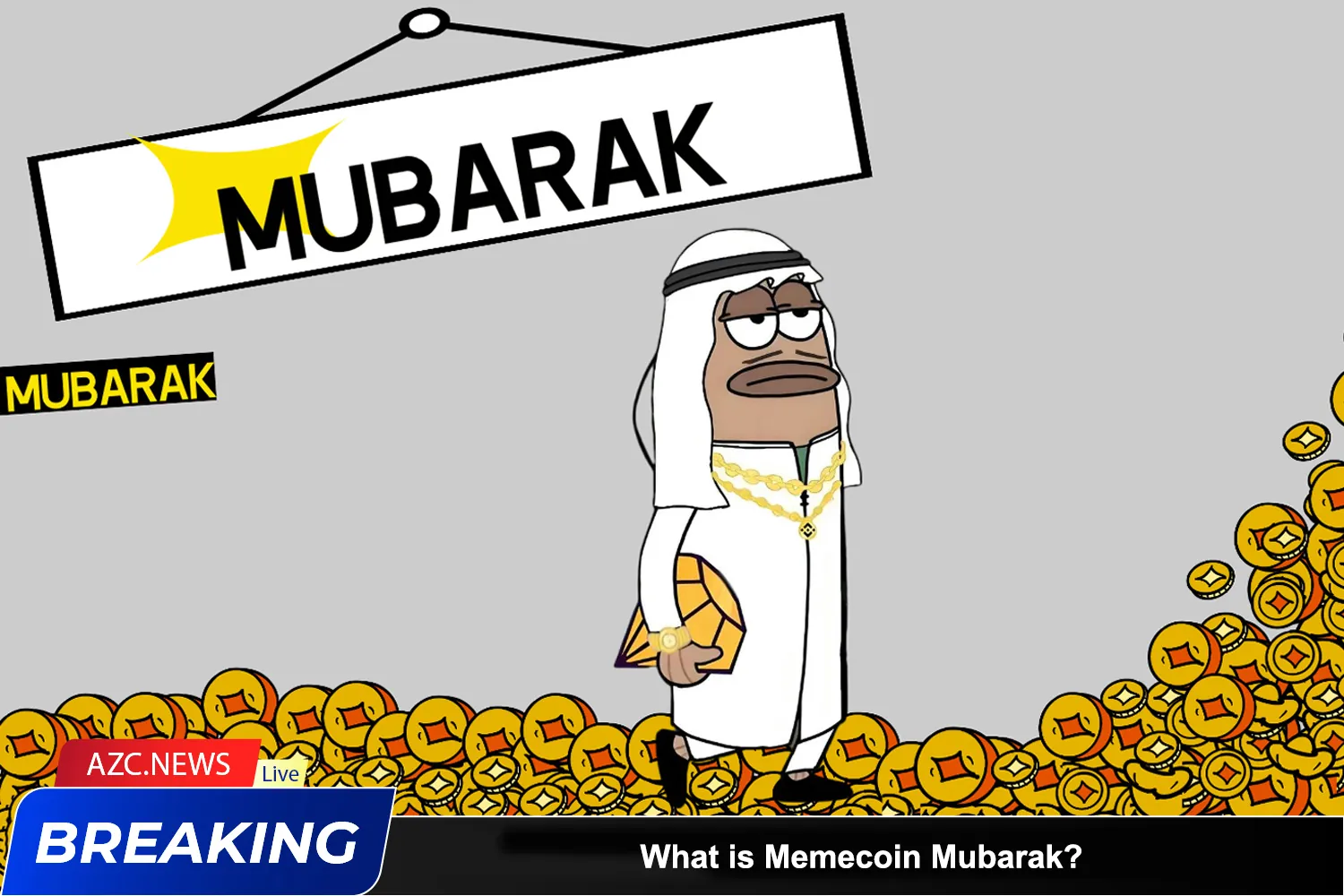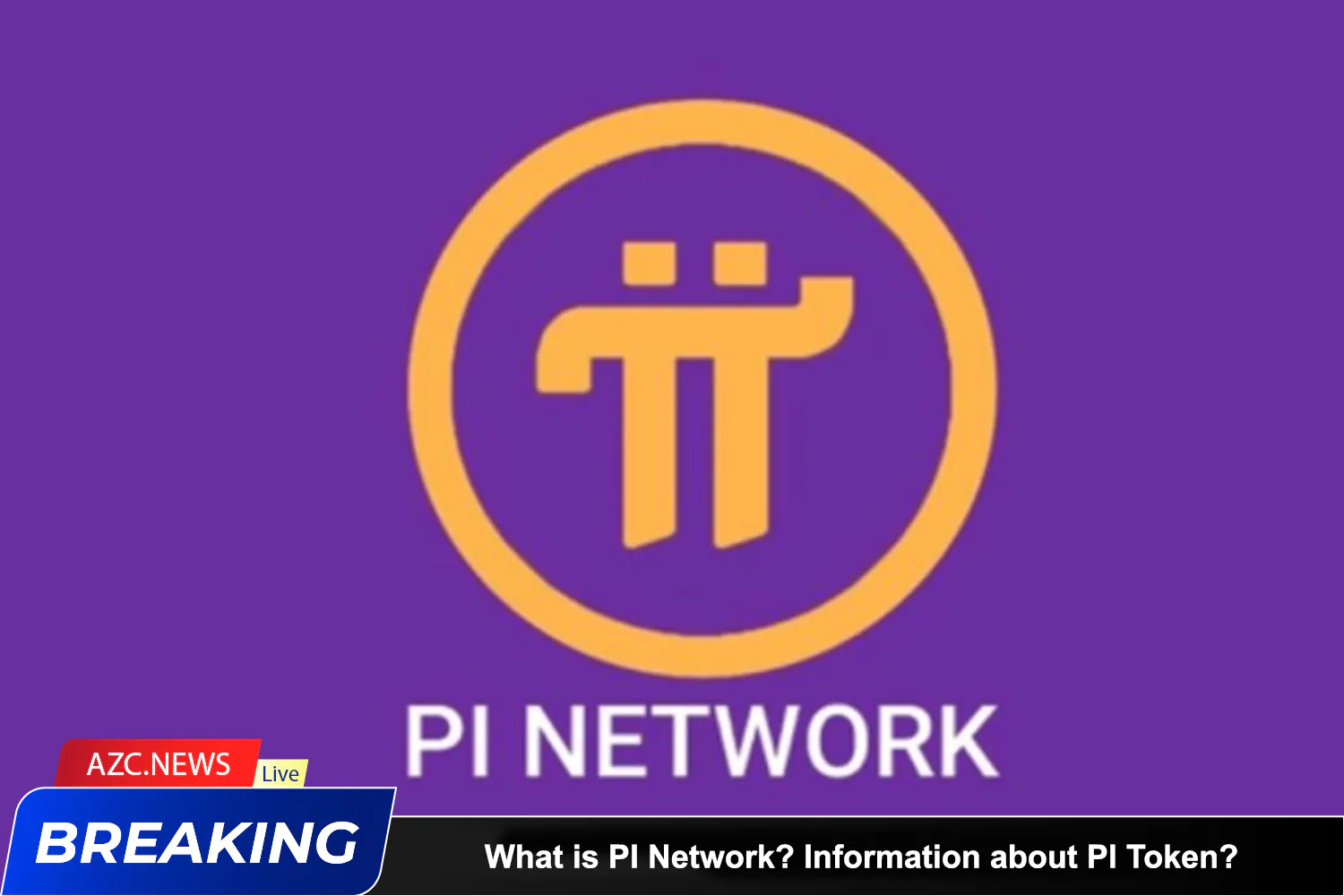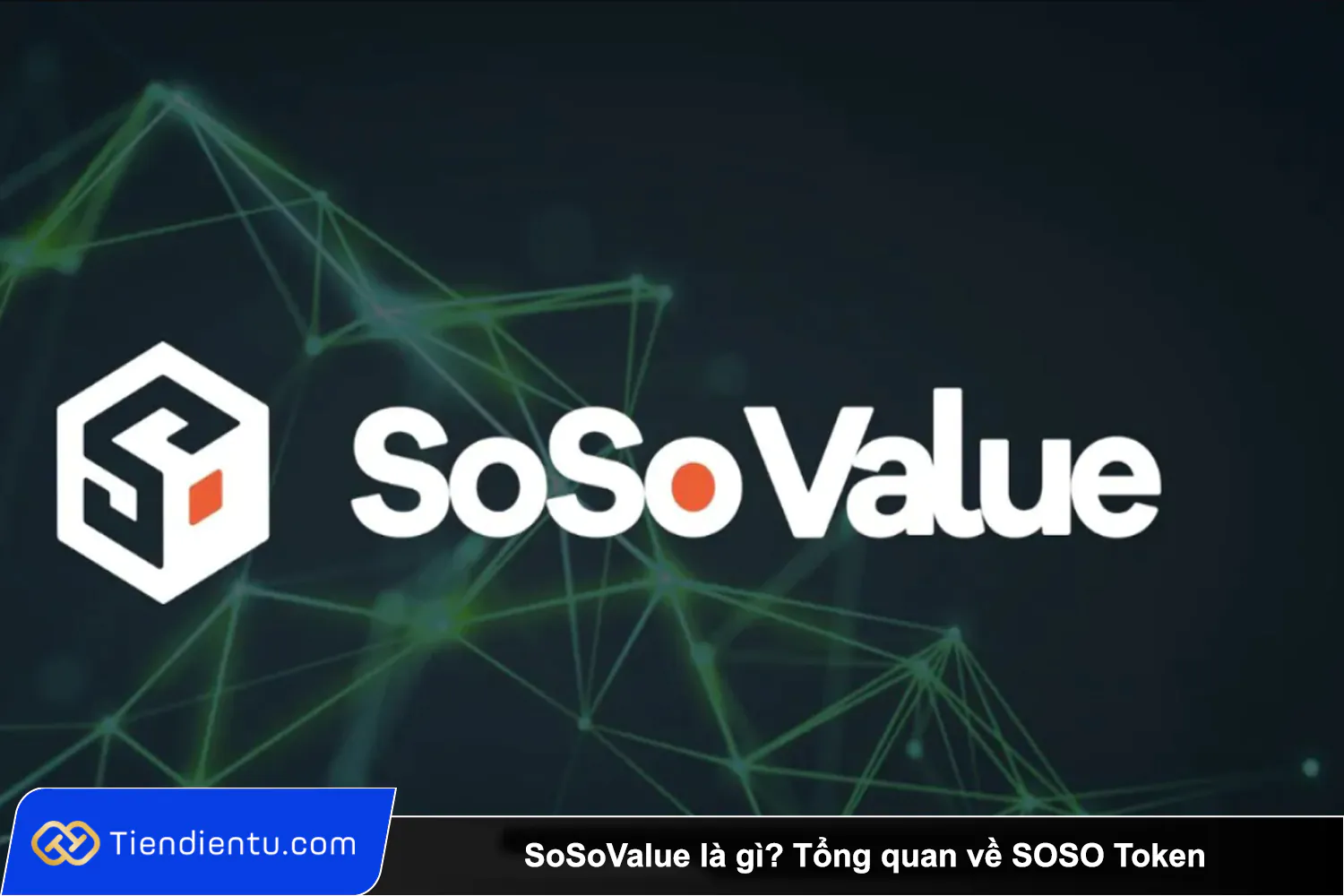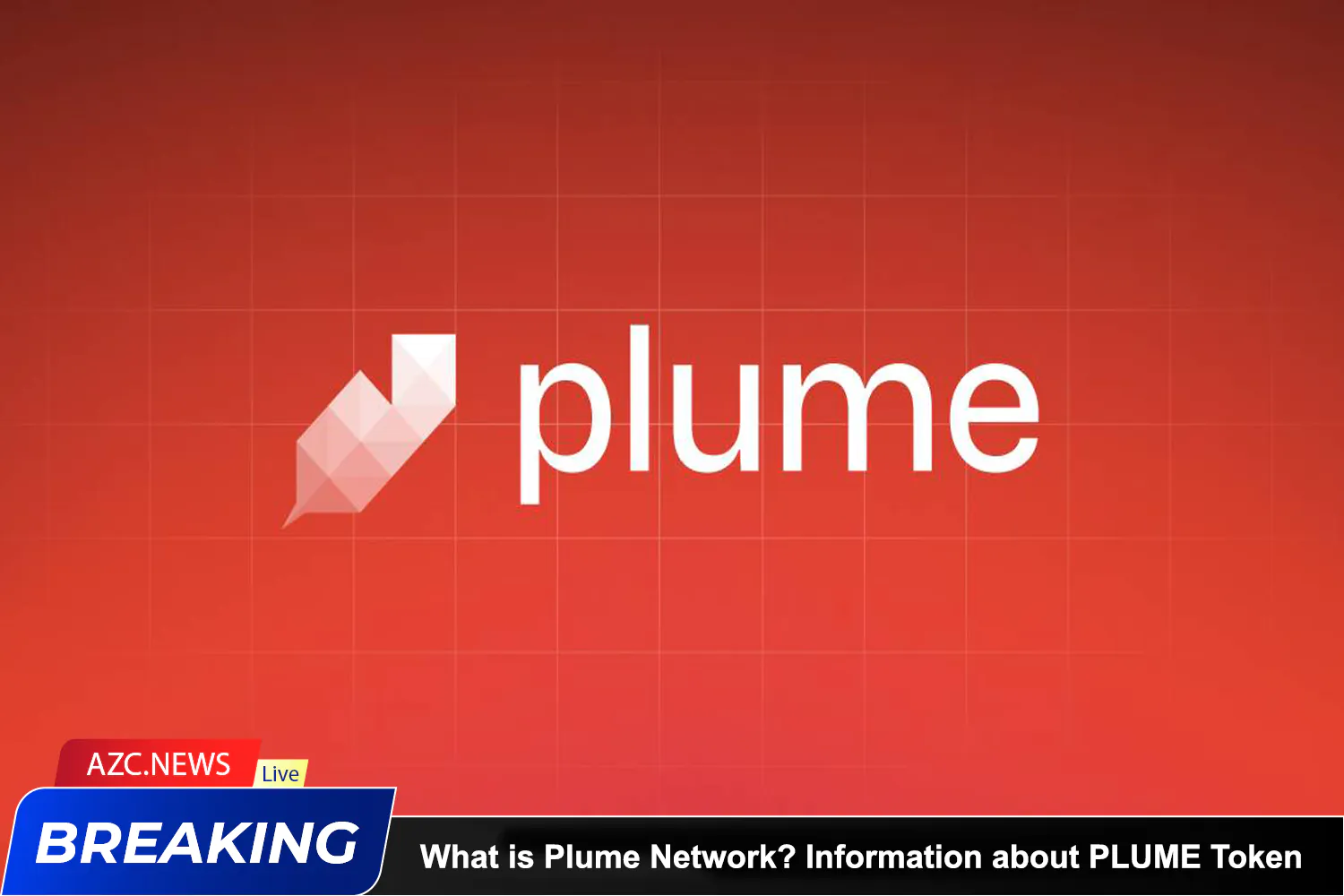What is Vertex?
Vertex (VRTX) is a decentralized exchange (DEX) protocol that offers spot trading, derivatives and an integrated currency market in one application on Arbitrum.
Vertex is motivated by a unified central order ledger (CLOB) and integrated automated market making (AMM) system, where liquidity is enhanced as positions from the LP market follow The pair occupies the order book. Gas and MEV fees are minimized on Vertex thanks to the underlying Arbitrum L2 layer’s packaged transaction and optimistic rollup model, where Vertex smart contracts control the risk management system and products main.
https://vertexprotocol.com/
Vertex products
Spot Market
A place to buy, sell and swap pairs of assets with each other. At Vertex, this DEX platform integrates both Orderbook DEX and AMM DEX mechanisms to serve traders.
Currently, the network supports two currency pairs wBTC/USDC, wETH/USDC, USDT/USDC, VRTX/USDC, ARB/USDC.
Vertex offers seamless integration across its platform, providing best-in-class support such as features like optimized cross-margin to improve the user’s capital management experience.
Perpetuals Market
The derivatives market at Vertex allows up to 10X leverage for professional traders.
An important feature of the Vertex Protocol is that perpetual futures account for approximately 90% of total trading volume.
These contracts offer up to 10x leverage, allowing users to make trades with a variety of assets, including BTC, ETH, ARB, SOL, BNB, SUI, MATIC, and many others. They are designed to serve users who want to take advantage of asset price fluctuations without worrying about expiration dates.
Liquidity pools
For users interested in earning passive income, Vertex’s Liquidity team offers an opportunity. Participants in both Spot and Perpetual markets can earn trading fees and $VRTX tokens, contributing to increasing the Liquidity of the platform and earning rewards in return.
Vertex Highlights
Hybrid AMM/CLOB mechanism
Vertex DEX is a combination of two models: Centralized limit order book (CLOB) and Automated Market Maker (AMM). The term Automated Market Maker (AMM) is often used to describe a tool that helps generate automatic liquidity on exchanges.
On Vertex, default accounts use cross margin. With Cross margin, the assets in the user’s account are used as collateral as soon as the margin level drops below the benchmark.
Gas fees and MEV (Miner Extractable Value) will be minimized through the application of the Optimistic Rollup model during operations on Arbitrum Layer 2. Vertex smart contracts will control risks and manage products core.
Vertex is non-custodial, which means users always retain control of their assets on-chain. With two options: LP and order book, Vertex allows users to access liquidity when needed, at the best possible price.
Hybird Orderbook AMM
The combination of AMM and orderbook establishes a cohesive trading system, including vertically integrated DeFi primitives as core products in the chain. Each element of Vertex’s trading system combines to create a powerful online trading platform.
DEX offers maximum benefits, such as improved performance, flexible liquidity expression and diverse product set. To fully understand the design aspects and benefits of Vertex DEX, it is important to examine the three core pillars of the Hybrid Orderbook AMM model:
-
AMM (onchain)
-
Risk engine (onchain)
-
Sequencer (off-chain)
The above diagram can be explained as follows:
-
When traders place orders on the Vertex platform, the sequencer receives and matches the orders, then stores them in a centralized memory. All of these operations take place off-network and are performed by Vertex Sequencer. A simple way to understand it is that Vertex uses an off-chain order book.
-
After the order is matched, the transfer process will follow on Vertex’s smart contract layer (on Arbitrum). First, the information will go through the filter of the Risk engine – a risk management tool, responsible for confirming transaction information from participating parties to ensure the accuracy and completeness of the information chain). If the Vertex Sequencer does not match orders, meaning the orders are not processed by CLOB, they are passed to AMM. This model is applicable to both spot trading and perpetual trading.
Cheap transaction fees
Vertex’s trading fee model is competitive with centralized crypto exchanges – offering cheap trading for takers and free for order makers on major pairs like BTC/USDC and ETH/USDC both for Instant and permanent transactions. For Vertex’s order book, the originator/taker transaction fee model is shown below.
Tokenomics of VRTX
Basic information
-
Token Name: Vertex Token
-
Ticker: VRTX
-
Blockchain: Arbitrum
-
Token Contract: 0x95146881b86B3ee99e63705eC87AfE29Fcc044D9
-
Token Type: Governance
-
Total Supply: 1,000,000,000 VRTX
-
Circulating Supply: Updating…
Token Use Cases
VRTX Token
-
Stake VRTX to mint xVRTX
-
Use VRTX to pay transaction fees to receive discounts.
In particular, two additional tokens take on different functions as follows:
-
xVRTX Token: Holding xVRTX token is entitled to a portion of the exchange’s revenue and token emission. Can be transferred to another wallet and used to vote for on-chain activities.
-
voVRTX: Voting share token, used to represent the “rank” of holders. Cannot be transferred to another wallet. Holding voVRTX will have more privileges than xVRTX.
VRTX Token Allocation
-
Ongoing Incentives: 34%
-
Founding: 20%
-
Initial Token Phase: 10%
-
Early Investors: 8.8%
-
Treasury: 11.7%
-
Ecosystem: 9%
-
Future Contributors: 5%
-
LBA: 1%
-
Advisory : 0.5%
VRTX Token Vesting
Project team
-
Alwin Peng : Co-Founder
-
Darius Tabatabai : Co-Founder
-
SJ Park : Head of Strategy
-
JEff Blockinger : General Counsel
-
Darius Tabatabai: Co-Founder Vertex Protocol of the project.
Investors & partners
Investors
Partner
OtterSec: A unit specializing in security and auditing for crypto projects
Perpy Finance: Provider of copy trading solutions serving the opinion-based trading needs of traders (KOL).
Selini Capital: Enhance Market Liquidity for DeFi Participants and Enhance Both Parties’ Market Expertise
Related: What is Arbitrum? Things to know about Arbitrum
Roadmap
-
October 2022: Introducing the Vertex Protocol to the community for the first time.
-
November 2022: Vertex Litepaper released and testnet launched.
-
December 2022: Establishes partnership with OtterSec, a blockchain project auditing company.
-
March 2023: Mainnet Beta Launch for Vertex API.
For the future, Vertex is considering and developing the following additional products:
-
Arbitrage and basis trading
-
Integrate AMM for deeper liquidity
-
Crypto indices
-
Launchpad
-
Prediction market
-
Binary options
Conclusion
Through the above article overview about the Vertex Protocol (VRTX) project, AZC.News hopes readers will grasp basic information about this project. To make your own investment decisions. Wishing you a successful investment!







